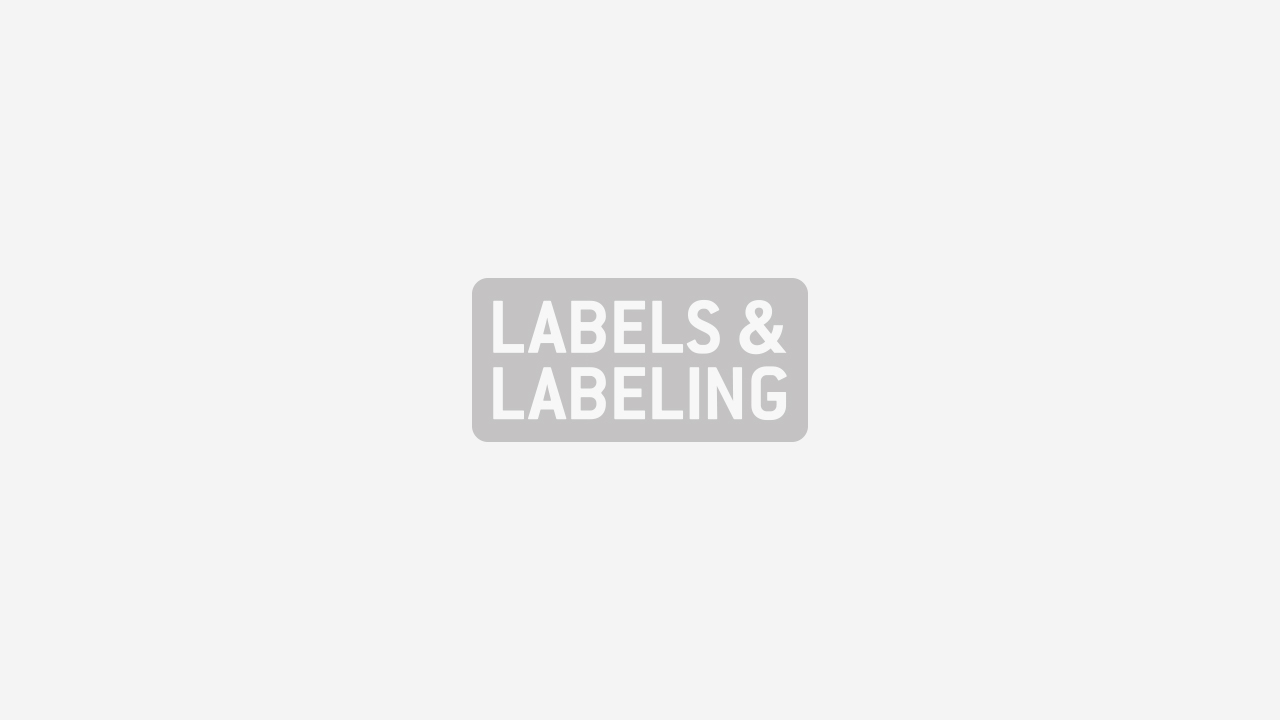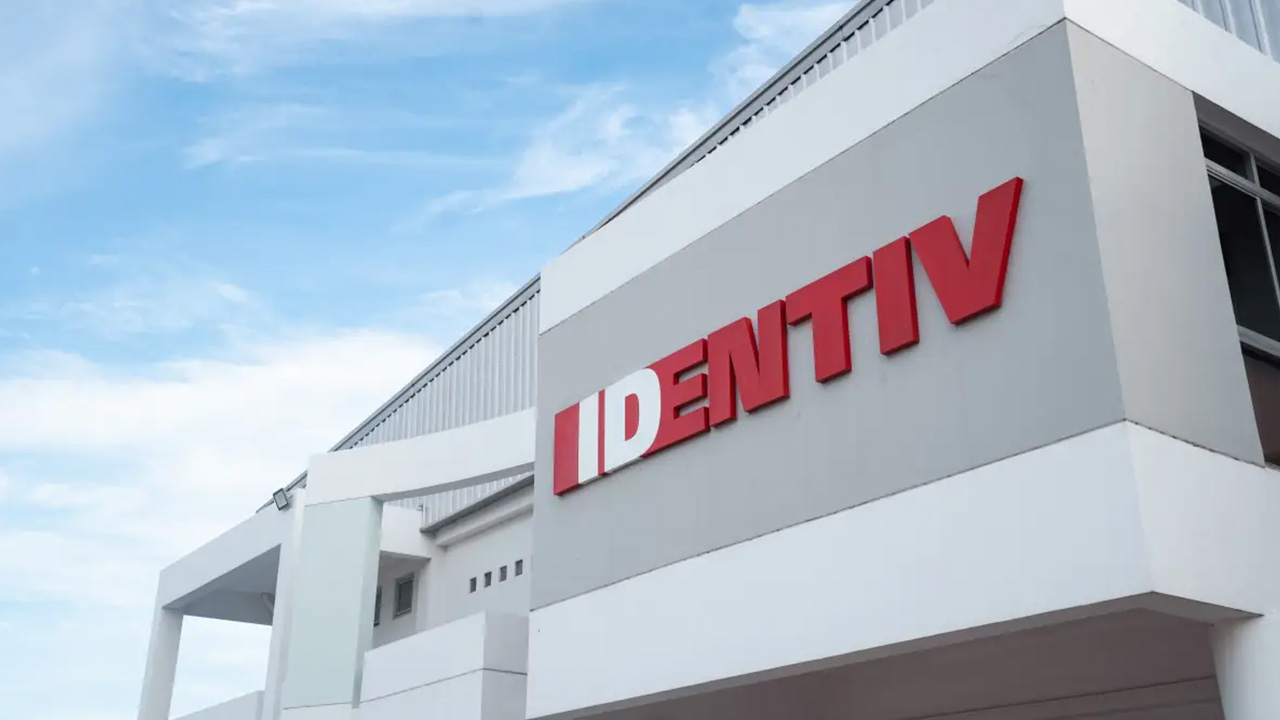Wine trends

The London international Wine fair provided an opportunity for Carol Houghton to discuss industry trends with Fabien Bourgies, recently appointed global wine and spirit director at Avery Dennison
The wine industry is booming; the 13,754 visitors to the London International Wine Fair in May were proof of that. L&L used the opportunity to catch up with Fabien Bourgies, recently appointed Avery Dennison global director, wine & spirits – label and packaging materials – Europe.
First up for discussion was the global problem of counterfeiting, which has been a particular issue for European wine brands. Earlier this year, hundreds of fake bottles of Jacob’s Creek wine were found to be on sale in the UK. Believed to have been from China, the bottles looked identical to the genuine product except for a mistake on the label claiming it to be a ‘Wine of Austrlia (sic).’
Bourgies says Avery Dennison judges the security needs of a product on three levels, depending on the value of the brand, and collaborates with printers to make the label harder to copy.
The lowest level of brand protection includes features like holograms, security threads, security papers and destructible films and void materials, which form part of Avery Dennison’s tamper evident range. The security level can be enhanced using features like customized UV print and 2D holograms. The top level offers protection to high value products with personalized security features using IR or DNA taggents. Trusted by the Court of Justice, this uses plant-based DNA to provide a forensic chain of evidence that can be used to prosecute counterfeiters.
Growth opportunities
Above all, the wine sector continues to offer many opportunities for value-added growth. Bourgies cites the continued shift from wet glue to self-adhesive labels as a major source of competitive opportunity, citing a report from consultancy group AWA which notes that penetration of pressure sensitive labels in the wine sector has doubled in six years, up from 27 percent in 2004 to 55 percent in 2010.
Bourgies puts this down to pressure sensitive labels offering a total solution, including application. ‘Wet glue (applicator) machines are coming to the end of their working life and are expensive to replace. A switch to self-adhesive technology could offer an efficient, cheaper, light weight solution, as well as being suited to large and small runs,’ says Bourgies.
‘Self-adhesive labels bring a premium look to the label whilst providing operational advantages such as faster reel changeovers, less waste, reduced clean up and flexibility to accommodate different label shapes and sizes, innovative design and split or multi-label options. More than one label can be applied in the same pass on one liner, for example.’
Among new PS decoration options for the wine label industry, Avery was promoting Frozen Orion Diamond Plus, a metallic coated paper which limits the penetration of water, providing wet strength in ice bucket conditions. In addition, a laminate on the back helps avoid bubbling and wrinkling when the paper expands in the water. It is being used by champagne brands but is slowly filtering to other luxury products such as sparkling wines and rose.
Meeting consumer demands for sustainability presents another business opportunity, which Avery is meeting through its eco-range of tree-free paper and cane fiber papers for the wine industry. Away from the label, there is a trend to decrease the weight of the wine bottle itself.
Design expertise
Bourgies points out that product differentiation in the wine sector creates big opportunities for creative design and print solutions, and he sees an important role for digital printing: ‘Wineries are trying to capture the consumer’s attention with small batches and promotions on the label, and this is something digital is well adapted to.’ In light of the increasing growth in digital technology, Avery has developed Centaure blanc which can be specially treated for use on an HP Indigo digital press.
Bourgies cites a case where Avery Dennison helped Banknote Wine Company, Napa Valley, California to increase the shelf appeal of its products using digital printing and premium substrates.
Pete Nixon, Banknote Wine proprietor wanted a first-rate label for the launch of his brand, The Vault. Says Nixon: ‘I needed an unusual, prominent package design that would complement the distinctive Napa Valley red blend. It was vital that the labels not only be different from what the competition was doing, but the labels also had to express the quality of the wine itself. I believe anything that sets you apart from the crowd, if done correctly, is an advantage in any retail environment.’
Nixon created 12 graphically complex banknote-theme labels. Unable to choose one design he decided each of the 12 bottles in a case would feature a different label. The labels are run on an HP Indigo WS4050 press with a line screen of 230 lpi and printed CMYK with a double hit of black in the solid areas. The labels are embossed and foil stamped with black and gold, printed by Tapp Technologies. A bright white, uncoated vellum material, Fasson Estate Label, was used. According to Nixon ‘digital offset is the only way to print multiple labels because of the ability to sequentially image on the same roll. In addition, each bottle of Banknote Wine is individually numbered. The entire process allows a case of wine to be automatically packed on-line with 12 different label images.’
Travis Pollard, digital business manager for Tapp Technologies, says ‘The label is ultimately what will sell the wine. Having a wine label that’s unique and printed with fine quality differentiates the brand in the marketplace. And that ultimately drives the growth of the brand.’
Act global, think local
The UK is a major market for wine, with one of the world’s biggest per capita consumption rates. L&L recently reported on the increase of bulk shipment of wine into the UK for bottling locally, which includes label design, production and application. Although cheaper and more sustainable, the option has caused concern among converters in markets like South Africa where much of this labeling work has been lost. ‘Innovation is the key here,’ says Bourgies. ‘Printers and suppliers must work together in providing solutions. As long as there is innovation in packaging, the business will remain local.’
Click here for more stories about Avery Dennison on L&L.com
This article was published in L&L issue 4, 2011
Stay up to date
Subscribe to the free Label News newsletter and receive the latest content every week. We'll never share your email address.

